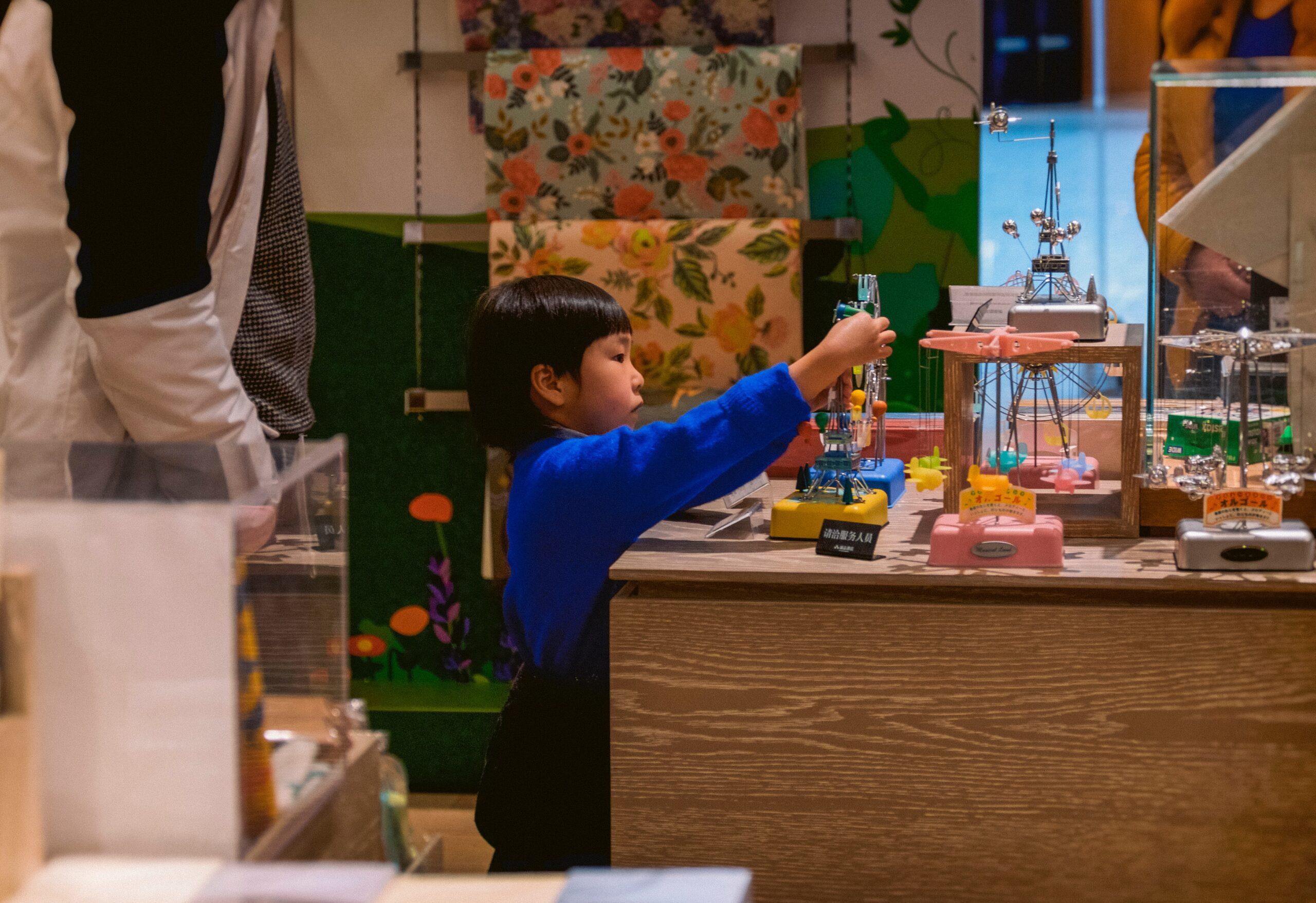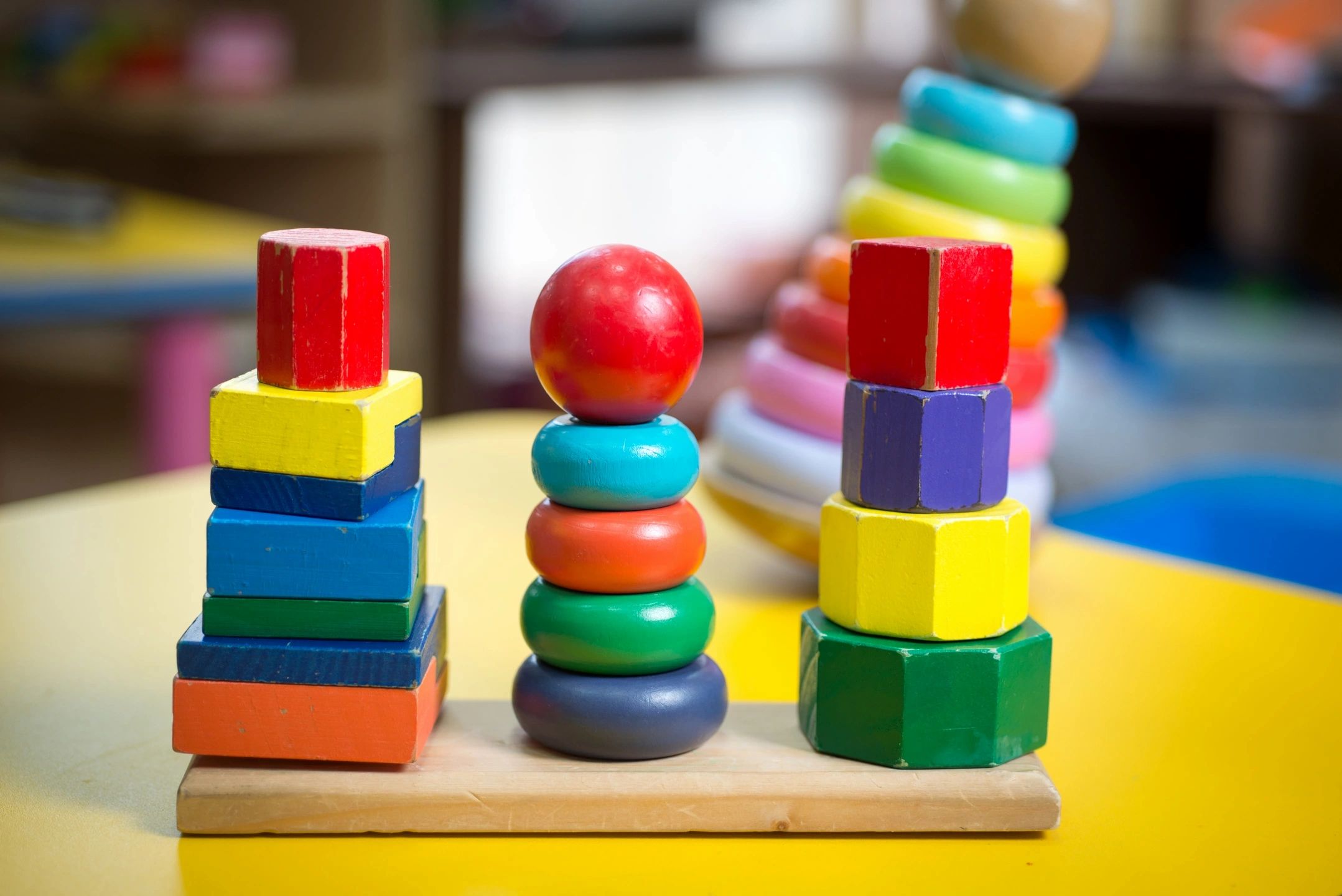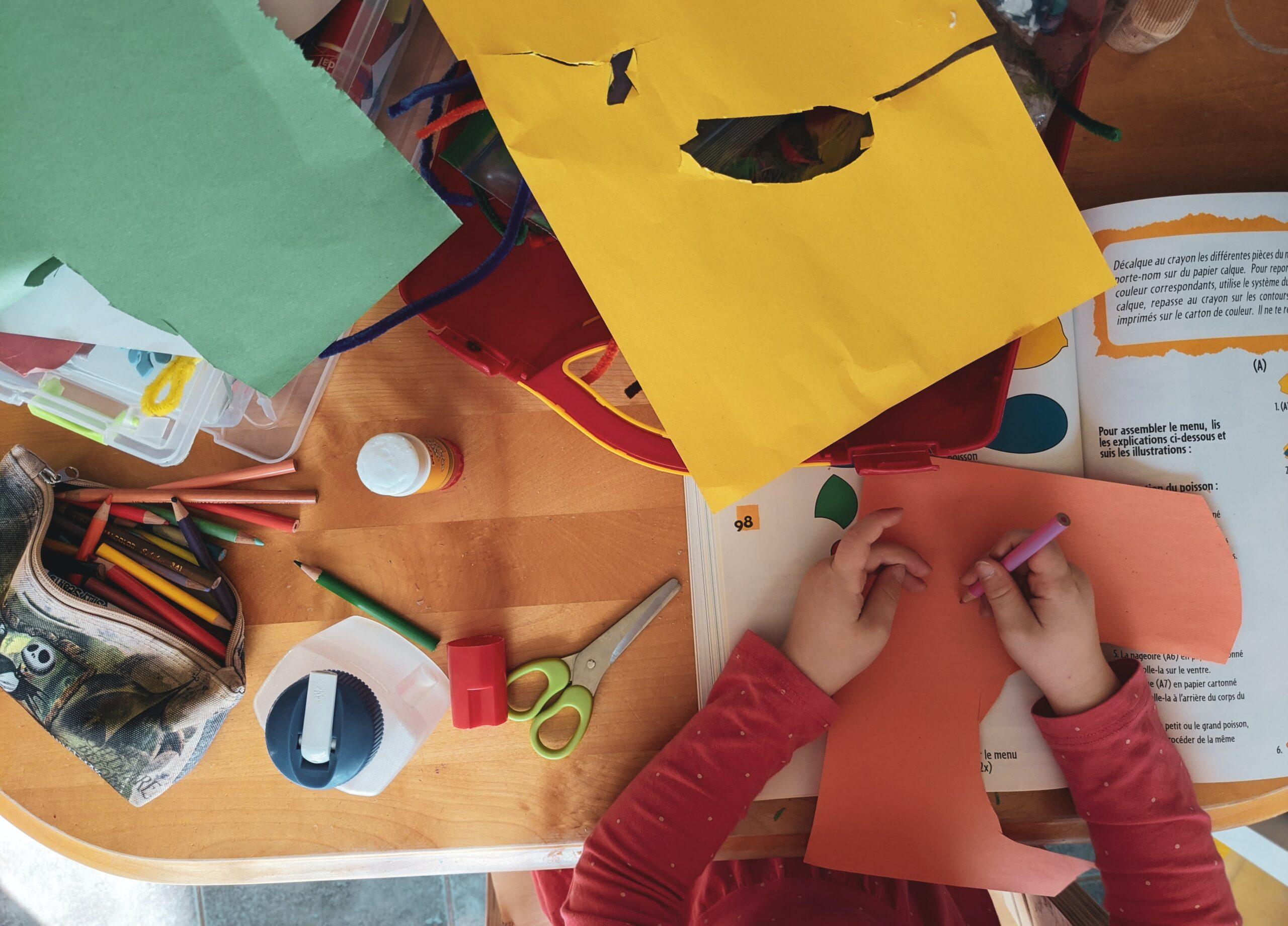As their children reach their second or third birthday, many parents grapple with the question of which preschool schedule— half day or full day— is best for a child.
According to a recent survey by the Rockefeller Foundation, 60 percent of women in America’s labor force have children under the age of 3. The findings indicate that for most parents, what best suits preschool children regarding schedule and structure is as much a factor of the children’s needs as the entire family’s needs.
Preschool is a time in early childhood development when play and socialization should be of utmost importance. Elements of formal instruction and a curriculum are slowly introduced to strategically prepare children for school.
During these years, well-rounded preschool programs focus on gross and fine motor skills, and social and emotional development. Pretend play is a crucial part of your child’s development, and a preschool setting should allow children to enjoy this with new friends creating pretend scenarios that spark children’s imaginations. Basic concepts in language arts, math and science should be introduced in engaging activities and through the arts and experiments. Your child might pair up with a friend to sort items and learn how to sequence them. Your child might also practice observation skills while watching what happens when a piece of celery is dropped into red food coloring.
A strong preschool curriculum should include character education, a program that introduces positive traits through stories, pretend play and group activities. Each month, teachers might focus on a positive value, such as honesty, generosity or patience, to help children better understand social cues and develop into caring adults.
In half-day preschool programs, the time is structured for the duration of class to include instruction, individual work time and group activities.
In full-day preschool programs, the time is broken up with the majority of instruction completed in the morning, followed by a designated lunchtime, snack time and nap time. Children between 2 and 4 years old still require a short rest in the middle of the day to help reset. This rest time can be accomplished at home for children of half-day preschools.
Whichever option is best for your family, know there is period of adjustment in any new school endeavor. Whether you choose a full-time or part-time schedule, your child may be extra tired when he gets home for the first several weeks. His bedtime routine may need to be adjusted to allow for more rest. For some children, the fun and excitement of school may give them additional energy, and they may need time to wind down when they get home.
Try to keep the house quiet and your child focused on a relaxing activity when you get home. After your child is rested, spend quality moments together to talk about your child’s day without other distractions like electronics. Make eye contact and encourage your child to share what he remembers and is comfortable talking about.
In the mornings, provide your child with a breakfast filled with fiber and protein. Sugary breakfast foods leave children feeling hungry in a short while and fail to provide adequate fuel for the high-energy day ahead for children— wherever they attend preschool.




